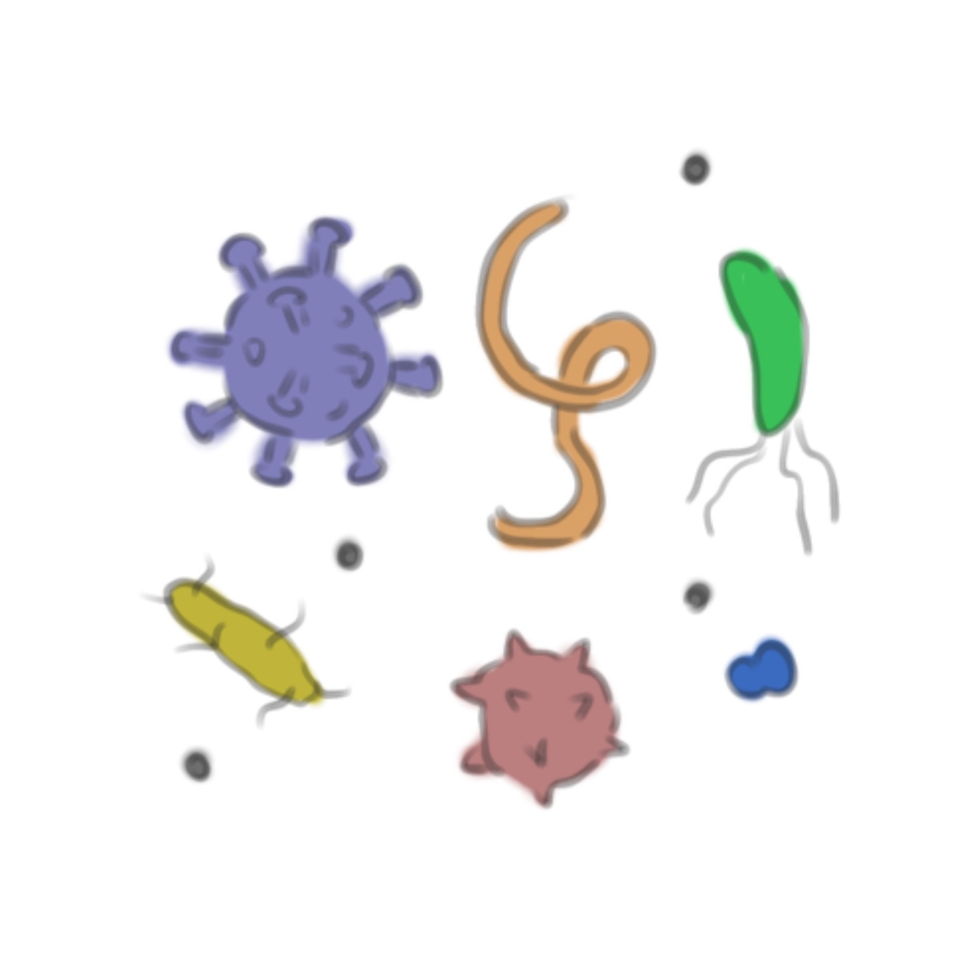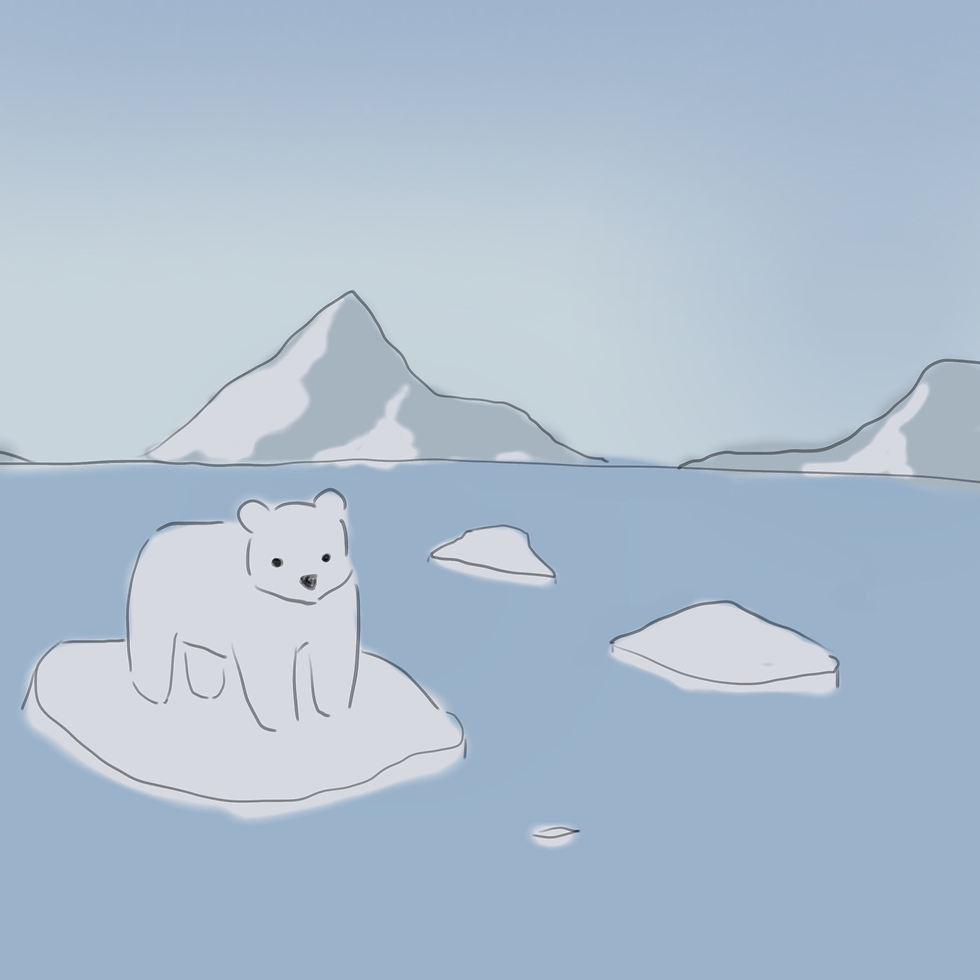The Next Pandemic Might Be Thawing: What Are Permafrost Pathogens?
- Science Holic
- Sep 30
- 3 min read
Author: Derek Yang
Editor: Justin Tai
Artist: Emily Hu

Pandemics are commonly thought of as viruses, and famous examples of influenza and COVID-19 immediately come to mind. However, a lesser-known threat is lying beneath our feet—and it has been imprisoned for centuries. With the Arctic region warming at nearly twice the global average rate, billion-year old dormant forms of viruses and bacteria are reappearing on Earth. These forms are known as "permafrost pathogens", and are a global health issue that humanity has only begun trying to comprehend.
Sealed within the permafrost are the ancient flora, along with long-extinct animal and microbial material preserved in stasis. Miraculously, many microbes were able to survive, despite the fact they were buried under ice for thousands of years. Scientists successfully revived a giant virus called Alphapithovirus from a 30,000-year-old permafrost in 2014. In recent years, scientists have discovered Tibetan Plateau ice viruses that date back nearly 15,000 years, and many of which have never been seen before. These findings introduce troubling possibilities: if viruses and bacteria can survive the ice-cold vastness of millennia, and the thawing earth can restore these lives to ecosystems, how should society address them?

Fortunately, this is no abstract danger. In 2016, Siberia experienced a heatwave that thawed out decades of frozen soil layers and exposed a reindeer carcass containing Bacillus anthracis. Upon the thawing of the ground, anthrax spores were released, contaminating local lifeforms. Although the outbreak was mostly confined, it served as a reminder that permafrost thawing could potentially resurrect pathogen-carrying organisms. While the vast majority of microbes locked in subzero temperatures or ice are likely harmless or ill-suited to contemporary conditions, even a few live pathogens pose a considerable threat. Similar to the recent COVID pandemic, society struggles to immediately contain these large-scale viruses.
Furthermore, microbial life not only serves as a biological threat, but also an environmental one. As permafrost thaws, exposing previously hidden microbial life, the rest of the world is undergoing industrialization, and is largely unaware of the dangers posed by this thawing. Exploitation of resources, increased human use of water and land, and fossil fuel use all bring new possibilities of conflict with newly exposed microbial life. As the thawing permafrost releases enormous reserves of carbon dioxide and methane, it drives climate and positive feedback loops of thawing. Permafrost diseases are not to be ignored by the climate community. They are an increasing indication that global warming not only has environmental effects, but direct biological effects, as humankind is throwing open harmful doors that were closed for tens of millennia.

The possibility of frozen ancient viruses reviving and entering circulation is a science fiction-sounding yet is technically feasible. Preparing for that possibility could mean doing things like extending surveillance in the Arctic, building genomic technologies for new bacterial detection, and mainstreaming low-probability but high-danger risks into global health planning. Whatever comes out of the ice won't necessarily be the seed of the next pandemic—but the fact that it could be considered a possibility is a reflection of how climate change affects every corner of our collective future. But whether or not we are prepared, permafrost pathogens will eventually come out.
Citations:
“Could a Frozen Ancient Virus Thawed by Climate Change Cause the next Pandemic? .” Global
Center for Health Security, UNMC, 9 May 2023,
Johnson, Douglas. “Frozen Viruses, Modern Risks: Could Melting Permafrost Spark Future
Pandemics?” MUSC, Medical University of South Carolina, 15 May 2025,
McKie, Robin. “Arctic Zombie Viruses in Siberia Could Spark Terrifying New Pandemic, Scientists
Warn.” The Guardian, Guardian News and Media, 21 Jan. 2024,
www.theguardian.com/society/2024/jan/21/arctic-zombie-viruses-in-siberia-could-spark-



Comments